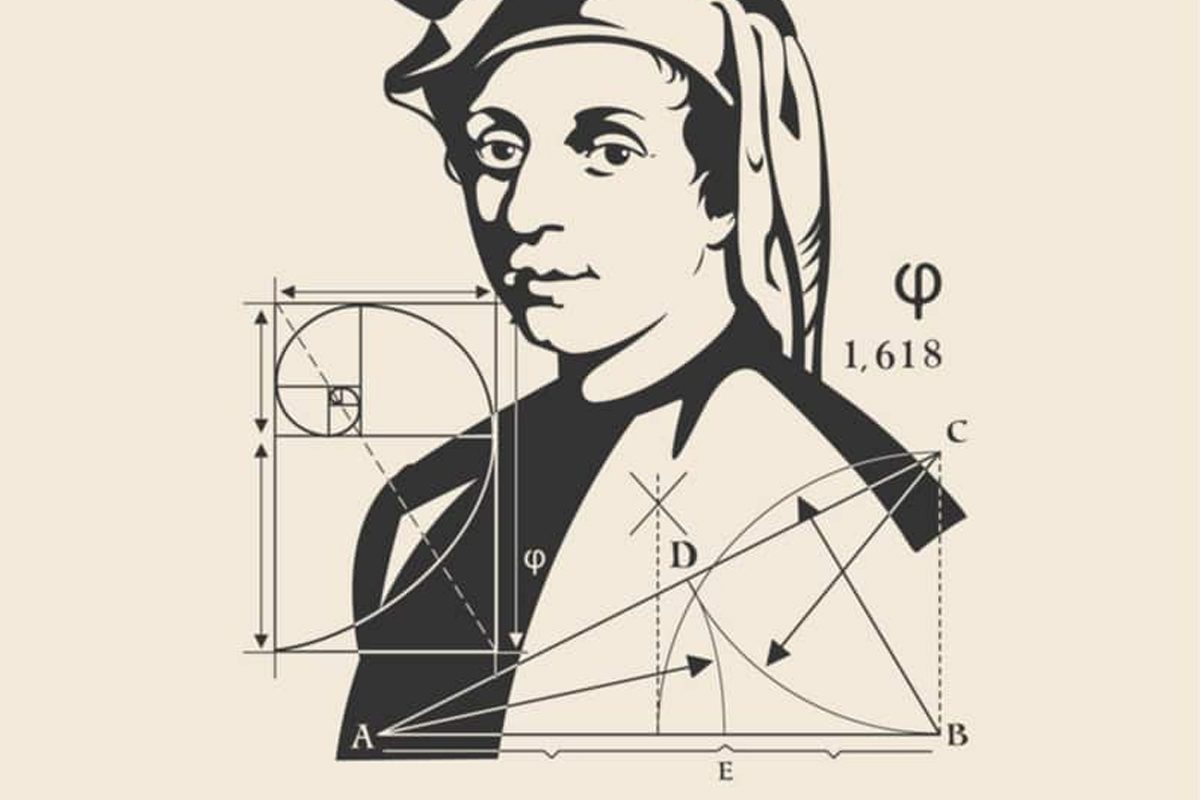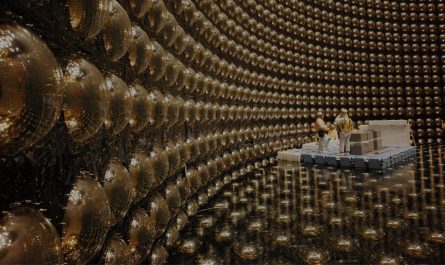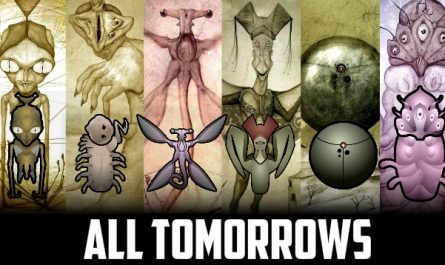The Fibonacci sequence is one of the most fascinating mathematical patterns known to humanity. It appears everywhere — in nature, art, architecture, music, and even the structure of the universe. The sequence begins with 0 and 1, and each new number is the sum of the two preceding ones:
0, 1, 1, 2, 3, 5, 8, 13, 21, 34, 55, 89, 144, 233, 377, 610, 987…
At first glance, it may seem like a simple pattern, but hidden within it lies a profound connection between mathematics, beauty, and life itself.
Origins of the Fibonacci Sequence
The sequence was first described in 1202 by Leonardo of Pisa, better known as Fibonacci. In his groundbreaking book Liber Abaci (The Book of Calculation), he introduced the Arabic numeral system to Europe and demonstrated its advantages over Roman numerals.
To explain mathematical growth, Fibonacci proposed the now-famous rabbit problem:
- You start with one pair of rabbits.
- Each pair produces a new pair every month.
- Rabbits begin reproducing after two months.
Over time, the number of rabbit pairs follows the Fibonacci sequence — a model of natural growth that reflects balance, rhythm, and expansion.
Fibonacci in Nature
Fibonacci numbers are woven into the very fabric of nature. They determine how plants, animals, and even humans develop and grow.
- Flowers and leaves – Many plants follow Fibonacci patterns:
- Lilies often have 3 petals.
- Poppies have 5.
- Daisies have 8, 13, or 21.
- Sunflowers display 21 and 34 spirals in opposite directions.
- Shells and pinecones – The spirals of shells, pineapples, and pinecones mirror Fibonacci numbers.
- Human body proportions – The lengths of bones in our fingers, arms, and legs correspond to Fibonacci ratios.
- DNA and cell division – Even at the microscopic level, Fibonacci sequences appear in the geometry of DNA molecules and cell reproduction.
Nature’s preference for this sequence suggests that it represents the most efficient and harmonious form of growth.
The Golden Ratio — The Key to Beauty
When one Fibonacci number is divided by the previous one (for example, 233 ÷ 144), the result approaches 1.618, a value known as the Golden Ratio (φ).
This ratio has been associated with perfect beauty and natural harmony for centuries. Artists, architects, and designers — from Leonardo da Vinci to modern creators — have used it to shape works that feel balanced and pleasing to the human eye.
The Golden Ratio can be found in the Parthenon, the Great Pyramid of Giza, Renaissance paintings, and even human facial proportions.
Why Fibonacci Numbers Matter
Fibonacci numbers go far beyond theory. They reveal how nature organizes energy and matter in the most elegant and efficient way. They are used in:
- Nature and biology – to describe growth, reproduction, and structure.
- Art and architecture – to achieve visual harmony.
- Financial markets – traders apply Fibonacci levels to predict price movements.
- Technology and algorithms – used in computing, search trees, and data compression.
From the microscopic to the cosmic, Fibonacci principles describe how systems evolve, balance, and self-organize.
Fibonacci and the Universe
The pattern doesn’t stop on Earth. The Fibonacci spiral appears in the arms of galaxies, hurricane formations, and even in the orbital paths of planets.
- Spiral galaxies – including the Milky Way, display Fibonacci-like geometry.
- Planetary motion – orbital relationships between some planets and moons follow Fibonacci ratios.
- Black holes – some theories suggest that Fibonacci patterns appear in their energy distributions.
It’s as if the universe itself speaks a mathematical language of harmony.
A Universal Code or a Coincidence?
Scientists and philosophers have long debated whether Fibonacci numbers are simply a mathematical coincidence or a fundamental code of creation.
These numbers seem to emerge naturally wherever efficiency, balance, and beauty exist — from DNA helices to the structure of galaxies. They may represent how the universe organizes itself according to the principle of least effort and maximum harmony.
Whether this is the result of evolution or a deeper universal order remains a mystery.
Conclusion: The Hidden Harmony of Fibonacci
The Fibonacci sequence reminds us that mathematics is not separate from life — it defines it.
From a blooming flower to the spiral of a galaxy, Fibonacci numbers reveal an invisible order connecting everything in existence.
Are these numbers just a coincidence — or the cosmic blueprint of creation itself?
Perhaps both. But one thing is certain: the Fibonacci sequence is one of nature’s most beautiful, mysterious, and timeless expressions of universal harmony.



